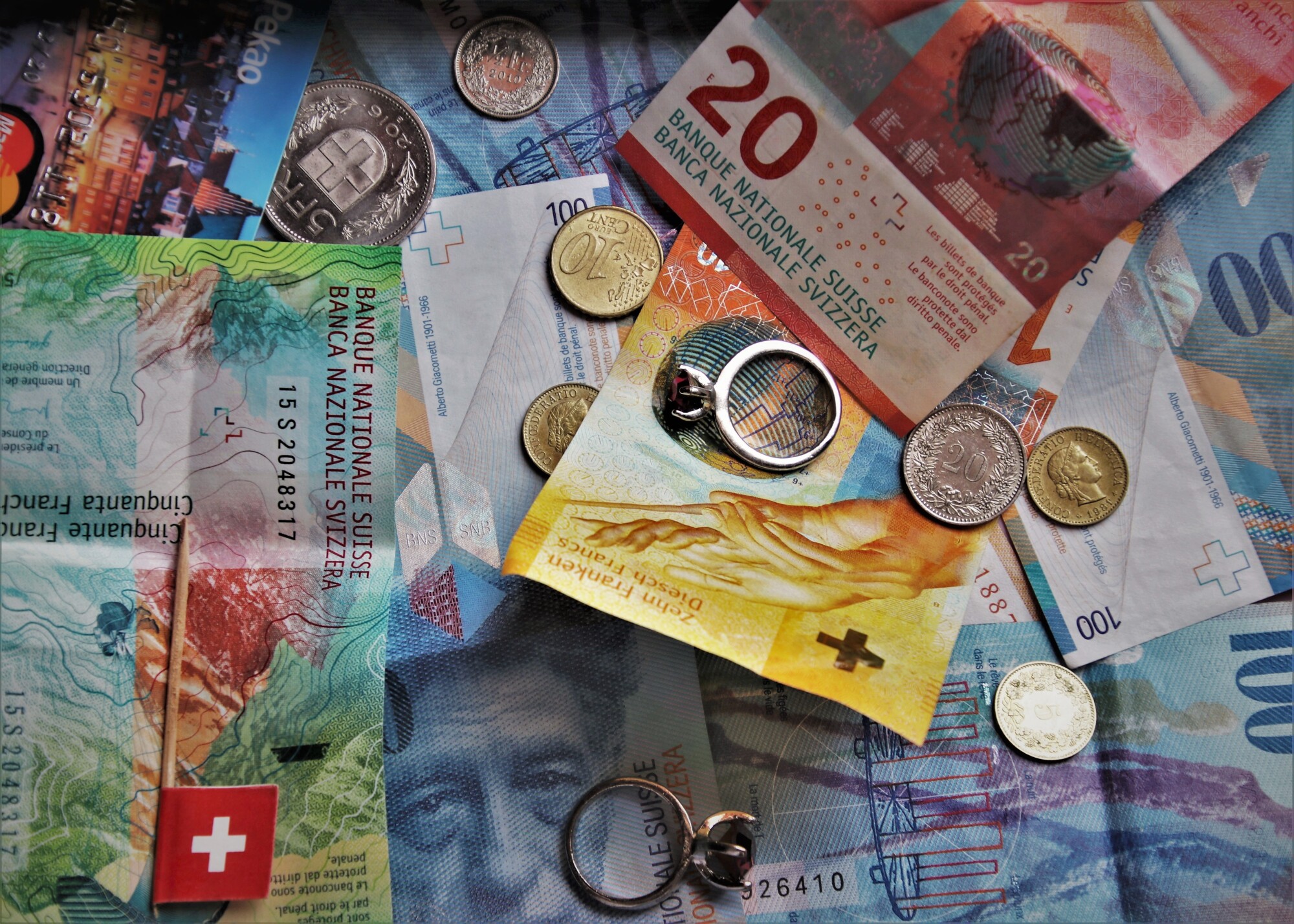Everything You Need to Know About Collecting Vintage Currency
Have you been curious about investing in vintage currency?
We don’t blame you! This is not only a fun investment choice but a wise one if you’re looking to ensure great returns.
While those who love banknote collecting and coin collecting are a rare bunch, they’re willing to shell out a fortune for vintage currency.
So how do you get involved with vintage currency? How do you choose the best options for old paper money and old coins?
Here’s what you need to know about vintage currency:
Find What’s Rare
You might assume that all vintage currency is rare. While vintage money is no longer in circulation, there are plenty of old banknotes and coins that are readily available for the average consumer to buy.
As a result, you want to focus on monies that are either rare or likely to become rare.
For example, at present, owning European currencies for countries that have adopted the Euro isn’t rare. Currencies such as the Franc or the Irish Pound have only been out of circulation for a little over 20 years.
These aren’t rare now but will be within the next 20 years. If you can wait that long, then you should collect these currencies now and sell them in the future.
If you want to focus on a vintage currency that is already rare, then choose something that’s at least 50 years old. For banknote collecting, choose something that’s either been discontinued or has decreased supply.
Consider Hyper-inflated Currencies
A currency’s money value, in most cases, decreases each day as the country’s central bank prints more banknotes.
In the most serious cases, this leads to hyperinflation which almost erases the currency’s purchasing power. However, for banknote collecting, you’ll find that hyper-inflated currencies are a great investment.
Many collectors have paid several thousand dollars to buy a copy of the 100 Trillion Zimbabwean Dollars or almost any banknote from the former Yugoslavia.
Right now is a great time to start collecting currencies from nations such as Venezuela. While these banknotes might not have much monetary value today, they might become collector’s items within a decade.
Best Practices For Banknote Collecting
Let’s look at some of the best practices if you want to focus your vintage currency investments on banknotes.
With banknote collecting, your banknotes don’t always have to be in perfect condition. Collectors can forgive banknotes that have a few pen marks or even tears.
But even if you buy such banknotes, make sure to keep them sealed in envelopes to avoid further damage. Banknotes are always the easiest vintage currency to counterfeit. As a result, make sure you take these banknotes to your local bank to validate their authenticity.
You should stick to banknotes that feature portraits of famous persons. Except in rare cases, these always sell more than banknotes that feature other types of imagery.
It’s also best to stick to banknotes that were discontinued due to a printing error. Sometimes, you’ll find a banknote that has a flaw in the imagery or the text. While these might look ugly on the surface, it’s these very notes that collectors are on the lookout for!
Gold and Silver Coinage
If you’re interested in coin collecting then you want to only stick to older coins. It’s unlikely that coins that come out of circulation today will have value within the next few decades.
This is because most coins minted today are made of base metals such as nickel or zinc that aren’t particularly valuable. Stick to older coins that are made of precious metals such as gold and silver. You can consider this Twenty Dollar gold coin as part of your investment portfolio.
If you invest in American currency, it’s not too difficult to build up a collection of valuable coins. For example, all nickels, dimes, quarters, half-dollars, and silver dollars minted before 1965 contain 90% pure silver.
These coins are collectively known as “Constitutional Silver” as it was once stated in the American Constitution that coins should be made of gold or silver bullion.
All pennies minted before 1981 are made up of 90% copper as well. While copper is a base metal it’s more valuable than many of its counterparts. Copper has significant industrial uses so some coin collectors consider “Copper Pennies” as a crucial part of their portfolio.
Best Practices For Coin Collecting
With coin collecting, buyers are less forgiving toward damaged coins. As such, you want to avoid coins that have excessive stains on them.
If you can’t easily read the text on the coin, then it’s best to avoid it. You want to choose a coin that’s in mint condition or as close as possible. Coins should be kept in capsules and in colder temperatures.
With coin collecting, you want to solely stick to older coins and coins from former countries. For example, a Quarter issued in 1990 will not be valuable even if it’s out of circulation. However, a Pre-1965 Quarter will be valuable to any serious collector.
Likewise, a centime from France issued just before the country adopted the Euro won’t be valuable. But a centime from The French Empire will be valuable to any collector.
With coin collecting, size usually matters to most collectors. If you can afford larger-sized coins then you should focus your investments on them. Smaller-sized coins can sell well, but most buyers want a large coin as these contain larger chunks of metal.
As with collecting banknotes, it’s best to stick to coins that feature portraits over other imagery. However, one exception is to buy coins that feature architecture from the country. These are also valuable to most collectors.
Buy Vintage Currency Today
Now you know the value of vintage currency and can start your collection today!
You want to always stick to rare banknotes and coins. Remember that not every currency that’s out of circulation will be rare. Go as far back in time as you can with your purchases.
Make sure you stick to hyper-inflated currencies with portraits to earn well from your banknotes. For coin collecting, stick to coins made of precious metals that are at least a few decades old.
You can find more great investment tips on our blog!


